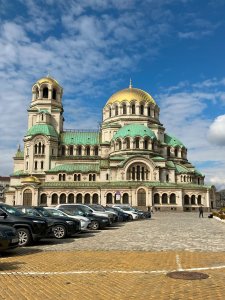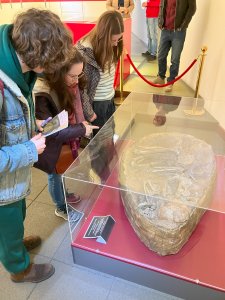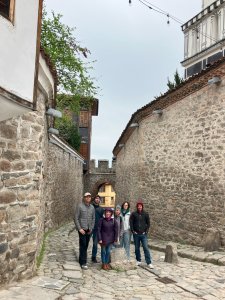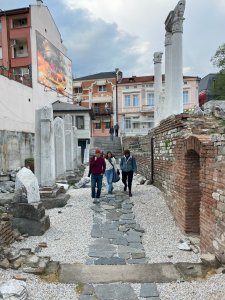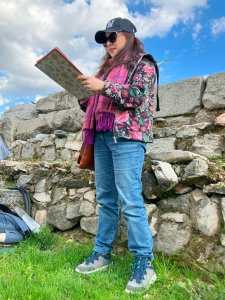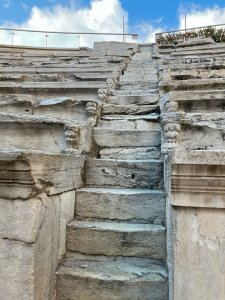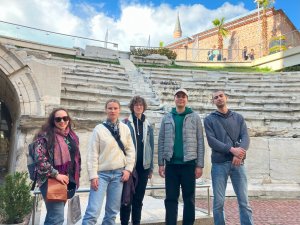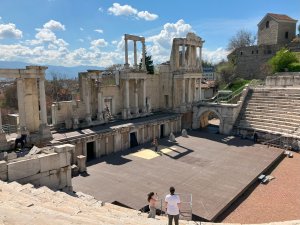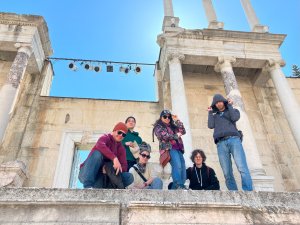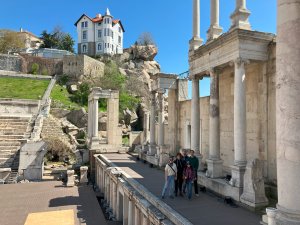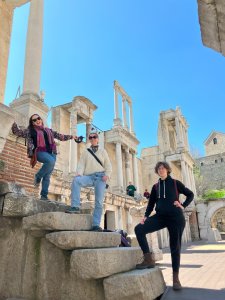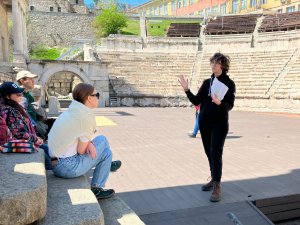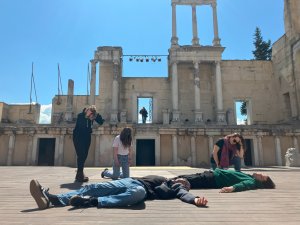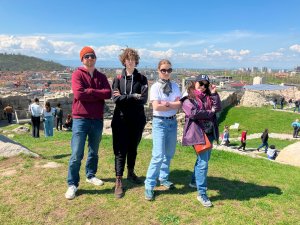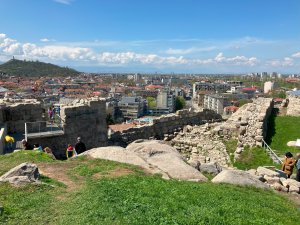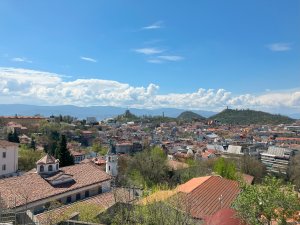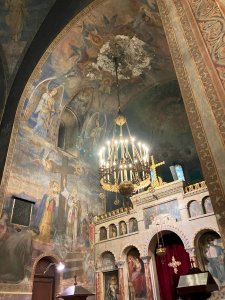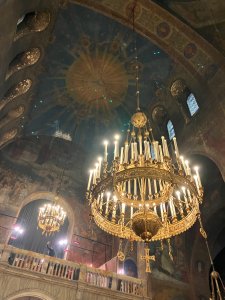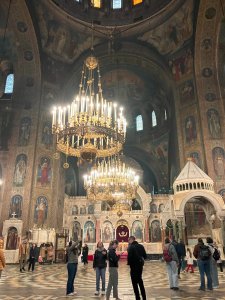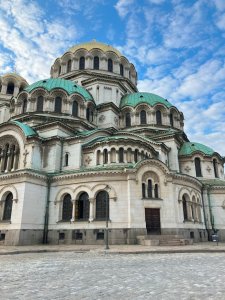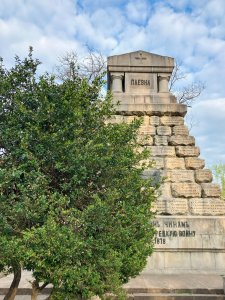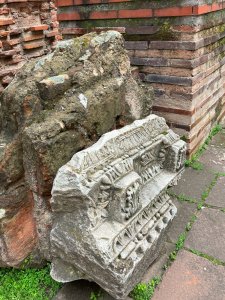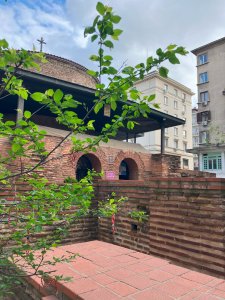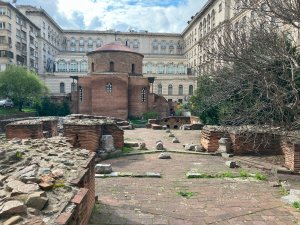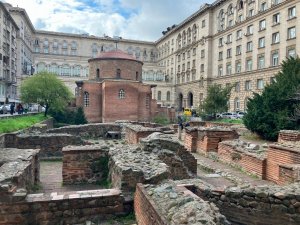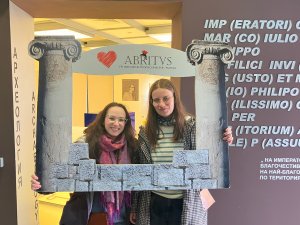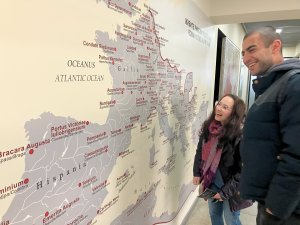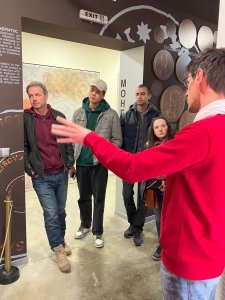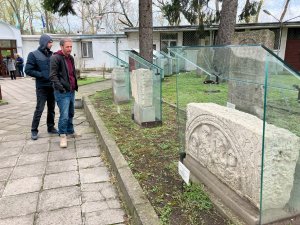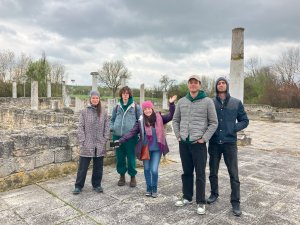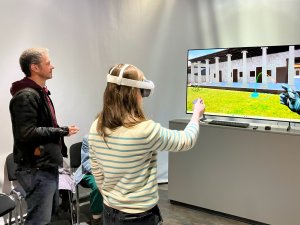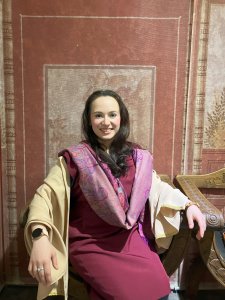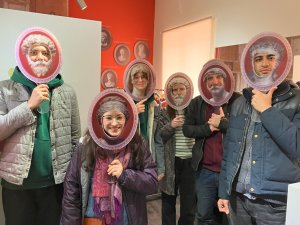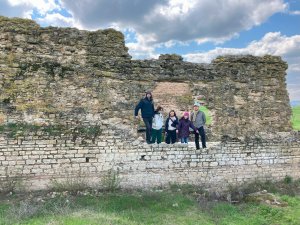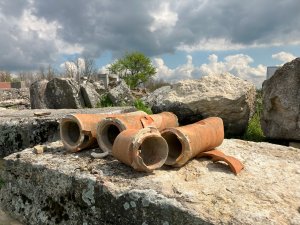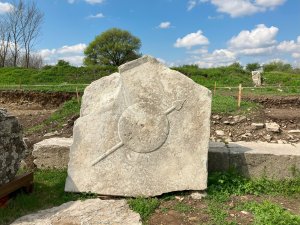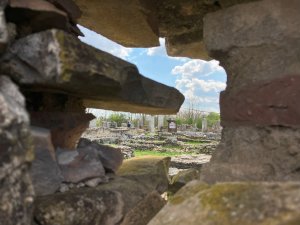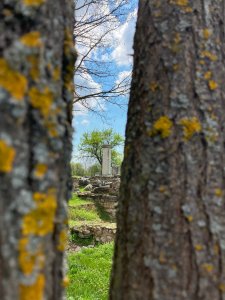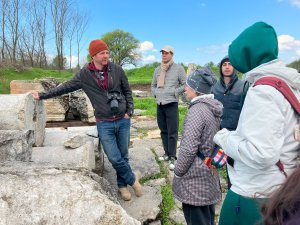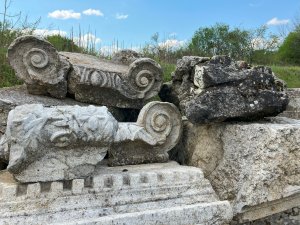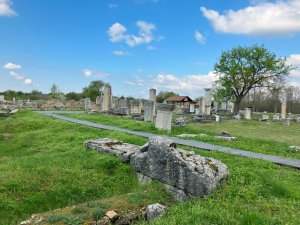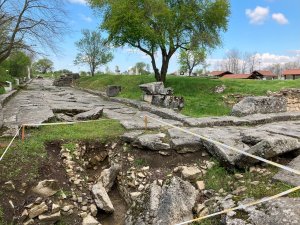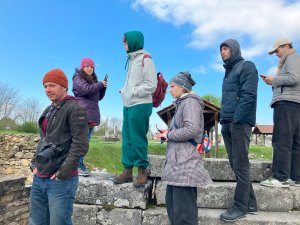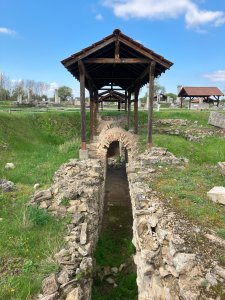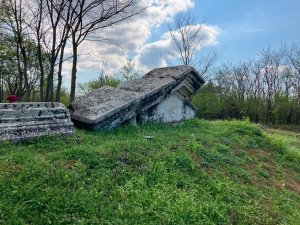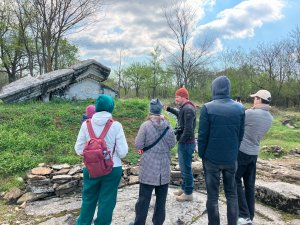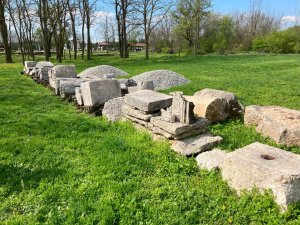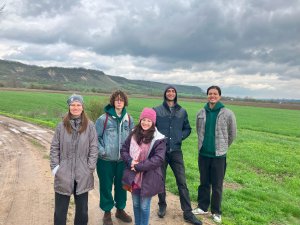A Mediterranean study trip in Bulgaria, 3–10 April 2025
The MA programme in the History of Ancient Mediterranean Civilisations includes a fully funded study tour of the Mediterranean organised by the Faculty of History at the University of Warsaw. During the tour, students can explore museum collections, archaeological sites and urban architecture under the guidance of experienced university staff.
Last year, our students travelled to Athens; this year, they explored the Danubian “limes” (or “Roman frontier”) in modern-day Bulgaria with Professor Krystyna Stebnicka (Faculty of History), Dr Krzysztof Narloch (Antiquity of Southeastern Europe Research Centre) and Lev Cosijns (a DPhil candidate at the University of Oxford). As planned, both students and supervisors held several introductory meetings before the trip, in Warsaw, and then gave papers on the monuments studied during visits to museums and archaeological sites in Bulgaria.
The trip took place between 3 and 10 April 2025. After landing in Sofia (ancient Serdica), the group checked in at the hotel and, in the afternoon, took a short tour of open excavations. The next day, they visited the National Museum and the Archaeological Museum in Sofia, as well as the St. Alexander Nevsky Cathedral.
On Saturday 5 April, the group travelled to Plovdiv (ancient Philippopolis), where they visited the ancient Forum and the Roman Stadium. After spending the day in Plovdiv, the group visited the Roman Theatre on Sunday. Having studied the architecture designed for spectacles, an essential element of Graeco-Roman culture, the students performed an improvised play. Performing in the same place where ancient plays were once heard by thousands was an unforgettable experience. On Sunday, the group visited the Ethnographical Museum and an historical mosque, which sparked a very insightful discussion about architecture reflecting liturgical differences between religions, and even within Islam.
On Monday, the group was picked up by coach and travelled to Razgrad. En route, they visited the Abritus Archaeological Museum before moving on to the battlefield where, in 251, Emperor Decius was completely defeated by the Gothic army led by King Cniva. Seeing the battlefield was an immersive experience. They arrived in Veliko Tarnovo late in the evening.
Tuesday, 8 April was scheduled for a visit to the local archaeological museum and the open-air excavations at Nicopolis ad Istrum near Veliko Tarnovo.
On Friday morning, 9 April, the group travelled to Svishtov, which is located on the southern bank of the Danube. There, they viewed an exhibition at the local museum and explored the Polish-Bulgarian excavation site at the Roman legionary camp of Novae. As a member of the archaeological expedition, Krzysztof Narloch skilfully guided the group, explaining the principles of the camp design and showing finds including inscriptions, stamped roof tiles and a unique find from the Roman military hospital (“valetudinarium”).
Thursday, 10 April was the last day of the trip. The group left for Sofia early in the morning to take a final tour of the remains of the Roman city before boarding the return flight to Warsaw, especially the open-air excavations near the metro station Serdica.
Zdjęcia: Anna Jankiewicz
